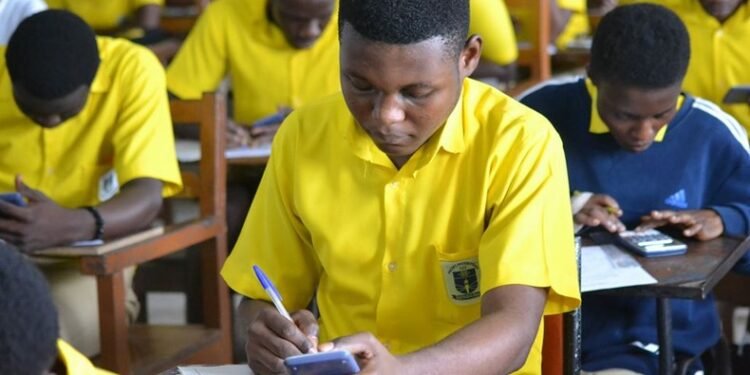To ensure economic stability and growth, governments must prioritize a well-planned budget and strategic resource allocation with keen focus on the educational sector.
Most especially, the educational budget plays a huge role in helping the country prioritize and address critical issues in the sector. It ensures that revenue income and expenditure estimates are accurate, leading to better achievement of educational goals.
Reports have suggested that government funding for education has remained mostly unchanged, with government spending on education as a percentage of GDP staying at just 3.7% since 2012.
According to a 2024 analysis by UNESCO, nine out of 49 African countries allocate 20% or more of their public spending to education, while 24 allocate at least 15%, and six countries allocate less than 10%.
Inadequate budget allocation can lead to strikes and protests by educational workers, hindering the effective functioning of the sector and disruption of the academic calendar as seen in Nigeria. Furthermore, sufficient funding is essential for capital projects and research within schools, enabling the delivery of high-quality education, driving progress, and enhancing the overall educational experience.
Despite a decade of efforts to ensure no child is left behind in learning, Africa’s learning outcomes remain a pressing concern. With only 1 in 5 children aged 10 able to read and understand simple texts, governments must intensify their investments in education to achieve SDG 4 and CESA goals, addressing the learning poverty crisis and ensuring inclusive, quality education for all.
The latest data from Global Economy spanning several years, reveals that these African countries have prioritized education by allocating the highest percentage of their annual budget to this sector:
| Rank | Countries | % of GDP | Data period |
|---|---|---|---|
|
1 |
Namibia |
10.03 |
1999 – 2022 |
|
2 |
Sierra Leone |
9.44 |
2000 – 2022 |
|
3 |
Lesotho |
7.51 |
1971 – 2022 |
|
4 |
Mozambique |
7.03 |
1998 – 2021 |
|
5 |
South Africa |
6.56 |
1987 – 2022 |
|
6 |
Algeria |
6.3 |
1979 – 2021 |
|
7 |
Cape Verde |
6.04 |
1998 – 2021 |
|
8 |
Seychelles |
5.62 |
1970 – 2022 |
|
9 |
Morocco |
5.6 |
1973 – 2022 |
|
10 |
Rwanda |
5.59 |
1977 – 2022 |









